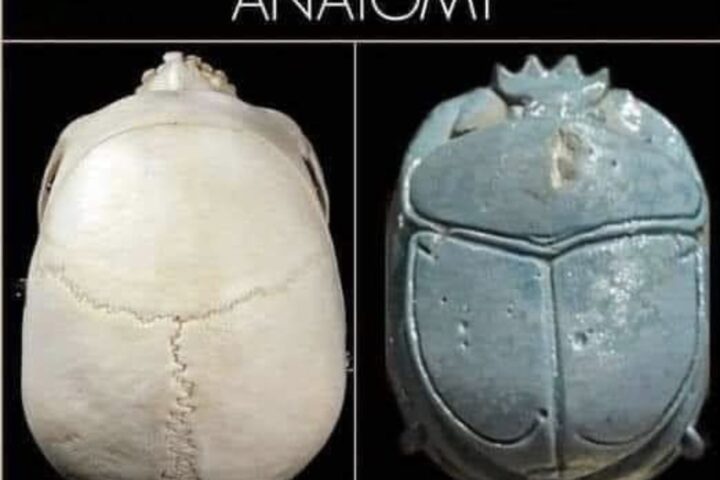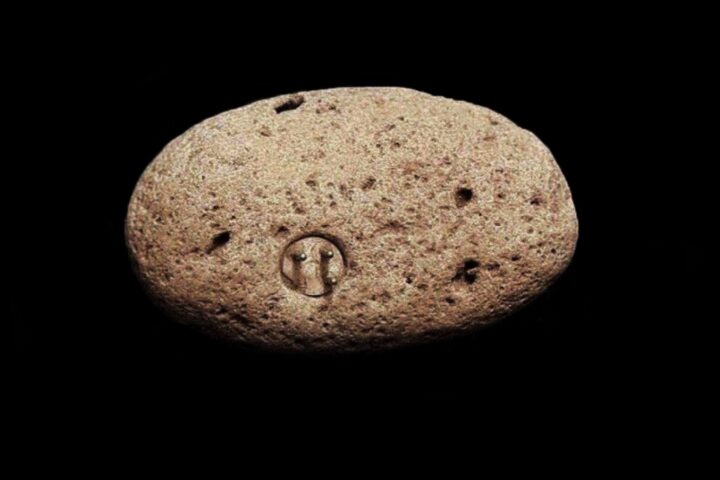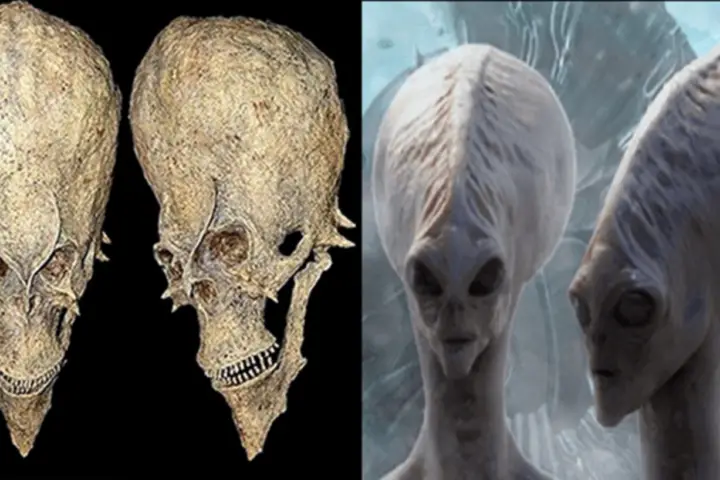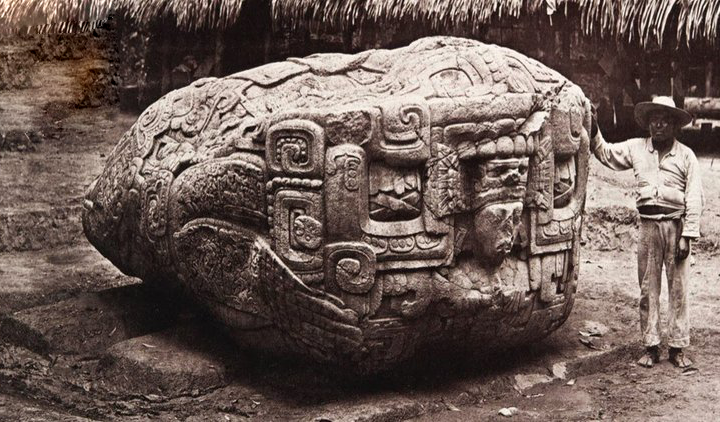Introduction: In the annals of legal history, few artifacts are as intriguing as the 16th-century German ‘Oath Skull.’ Used in the Vehmic courts, this skull is not only a symbol of medieval justice but also a vessel of mystique, engraved with the enigmatic ‘Magica’ Roman ‘Sator Square’ – a palindromic word-square containing the words Sator, Arepo, Tenet, Opera, and Rotas.
The Oath Skull in Vehmic Courts: The Vehmic courts, secret tribunals in medieval Germany, used the ‘Oath Skull’ in their proceedings. Swearing an oath over this skull was considered a solemn and binding act, believed to invoke higher powers for truth and justice.
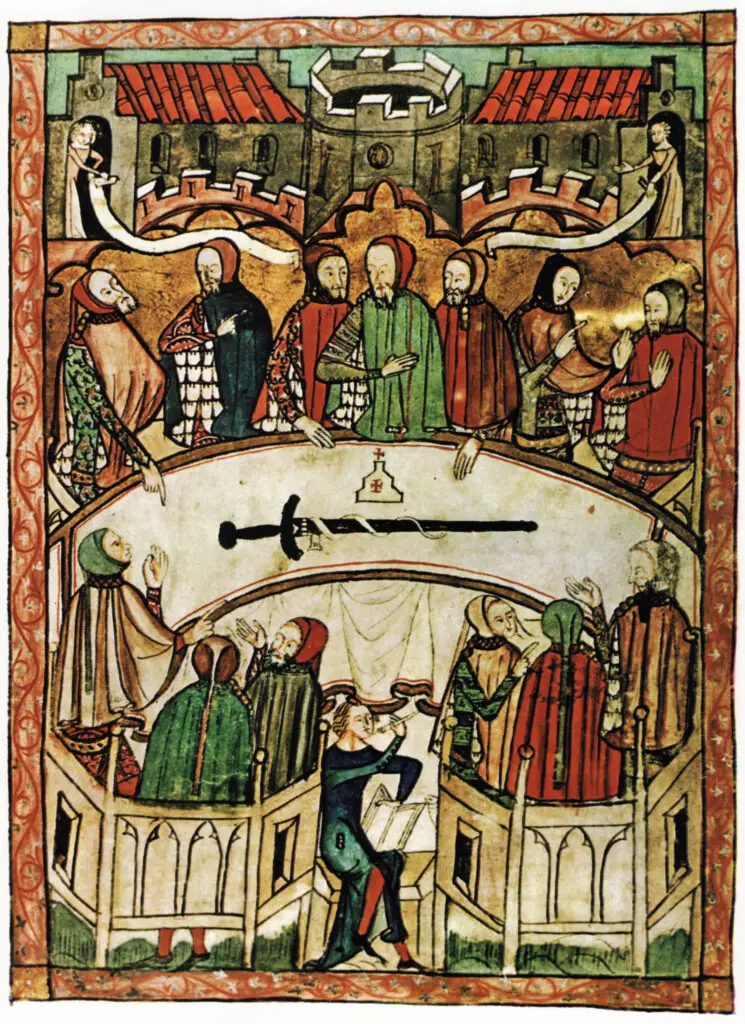
The Sator Square: The Sator Square, a mysterious palindromic arrangement of words, has baffled scholars for centuries. Its presence on the ‘Oath Skull’ adds layers of mysticism and ancient Roman influence to the already solemn object.
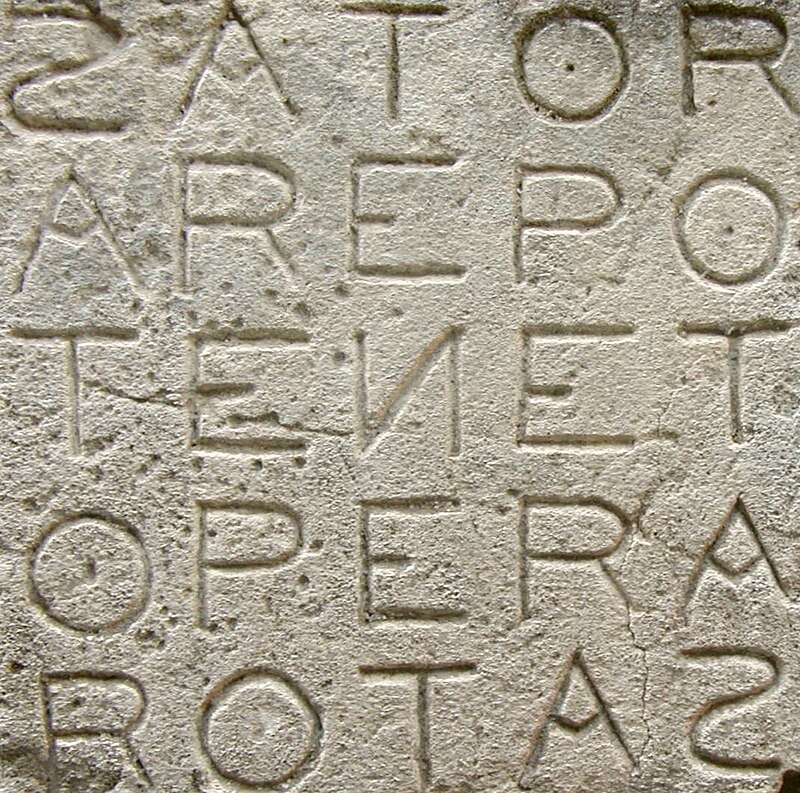
Interpretations and Theories: The exact meaning and purpose of the Sator Square remain subjects of debate among historians and linguists. Some believe it holds magical or protective properties, while others view it as a mere linguistic curiosity.
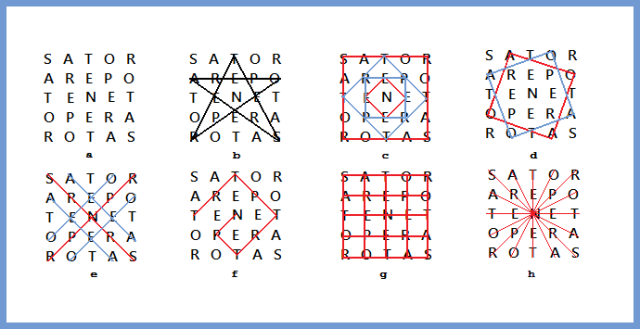
Conclusion: The ‘Oath Skull’ with its engraved Sator Square is more than a historical relic; it is a fascinating blend of medieval legal practices and ancient mysteries, inviting us to explore the depths of human belief and judicial symbolism.


